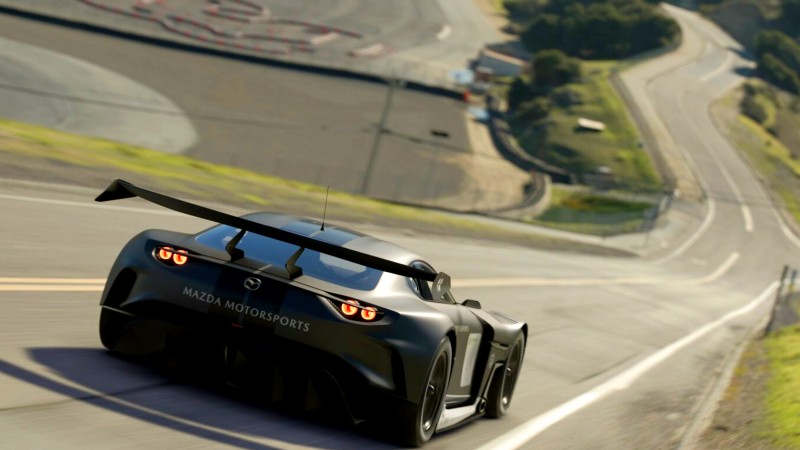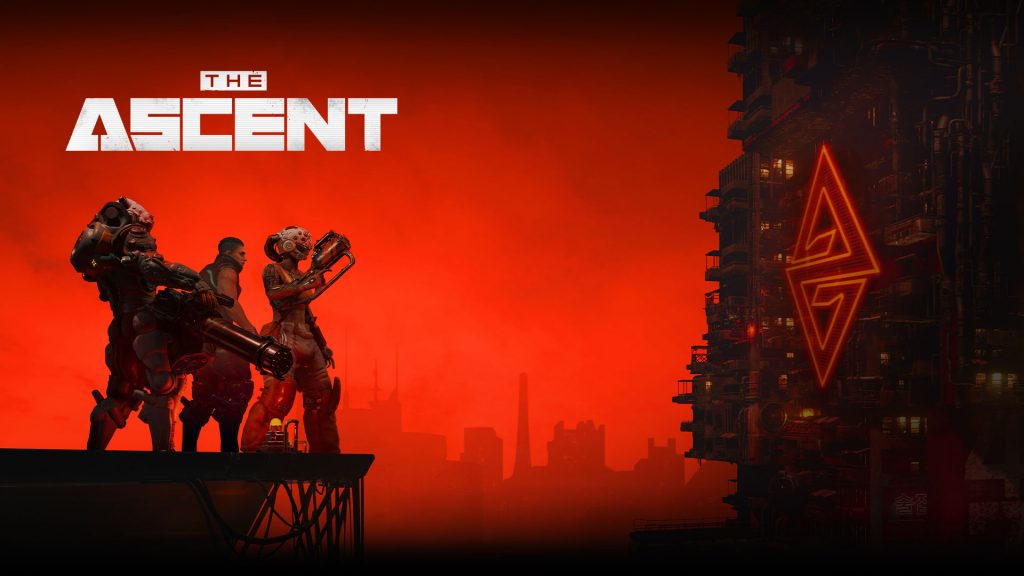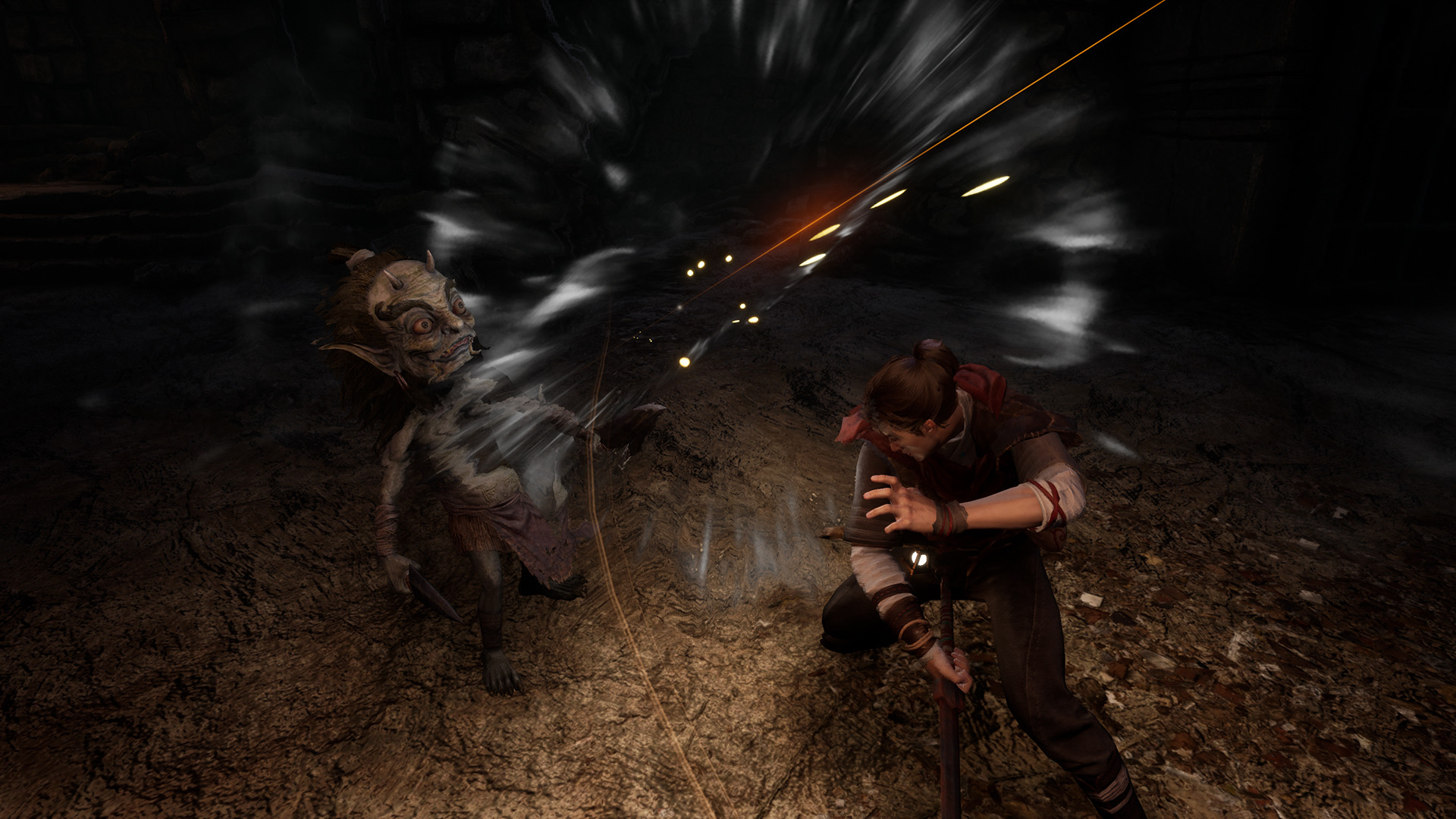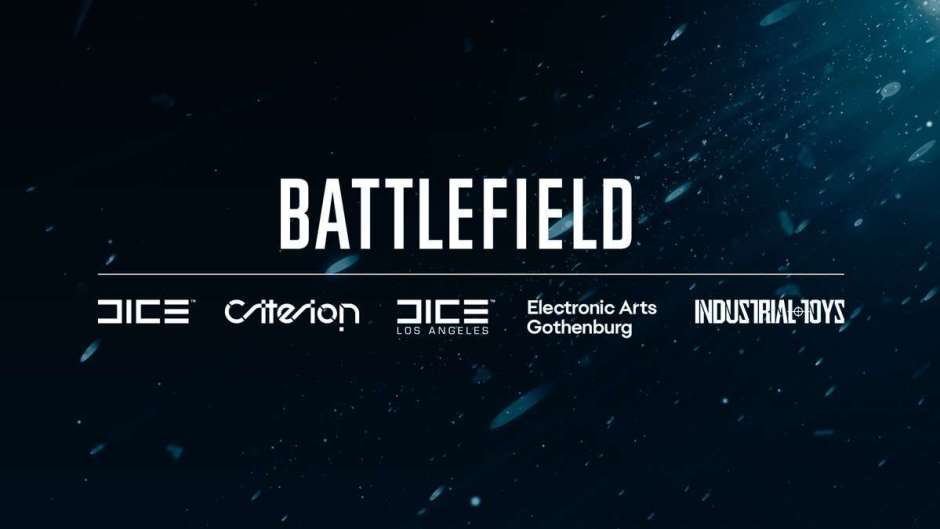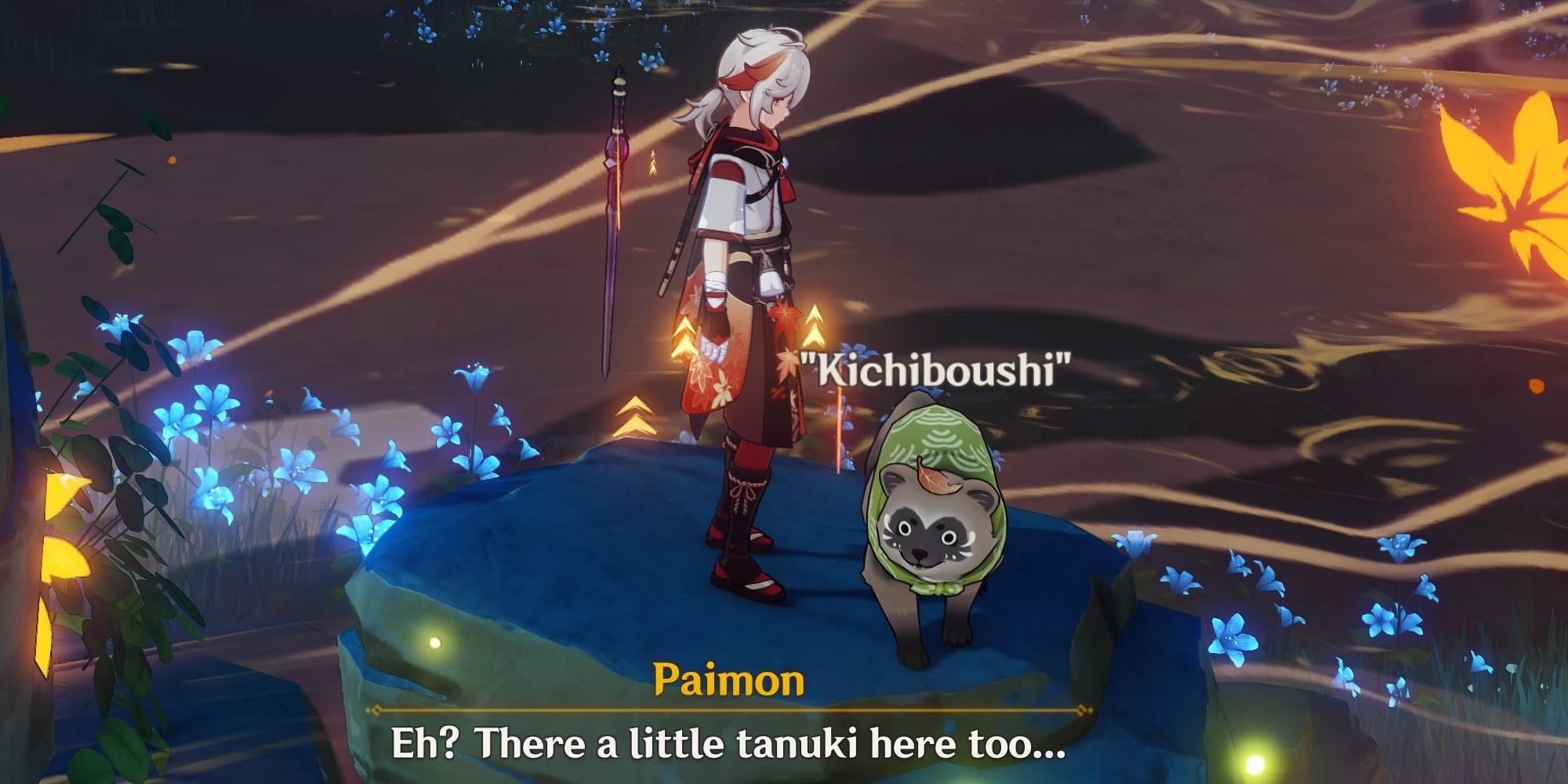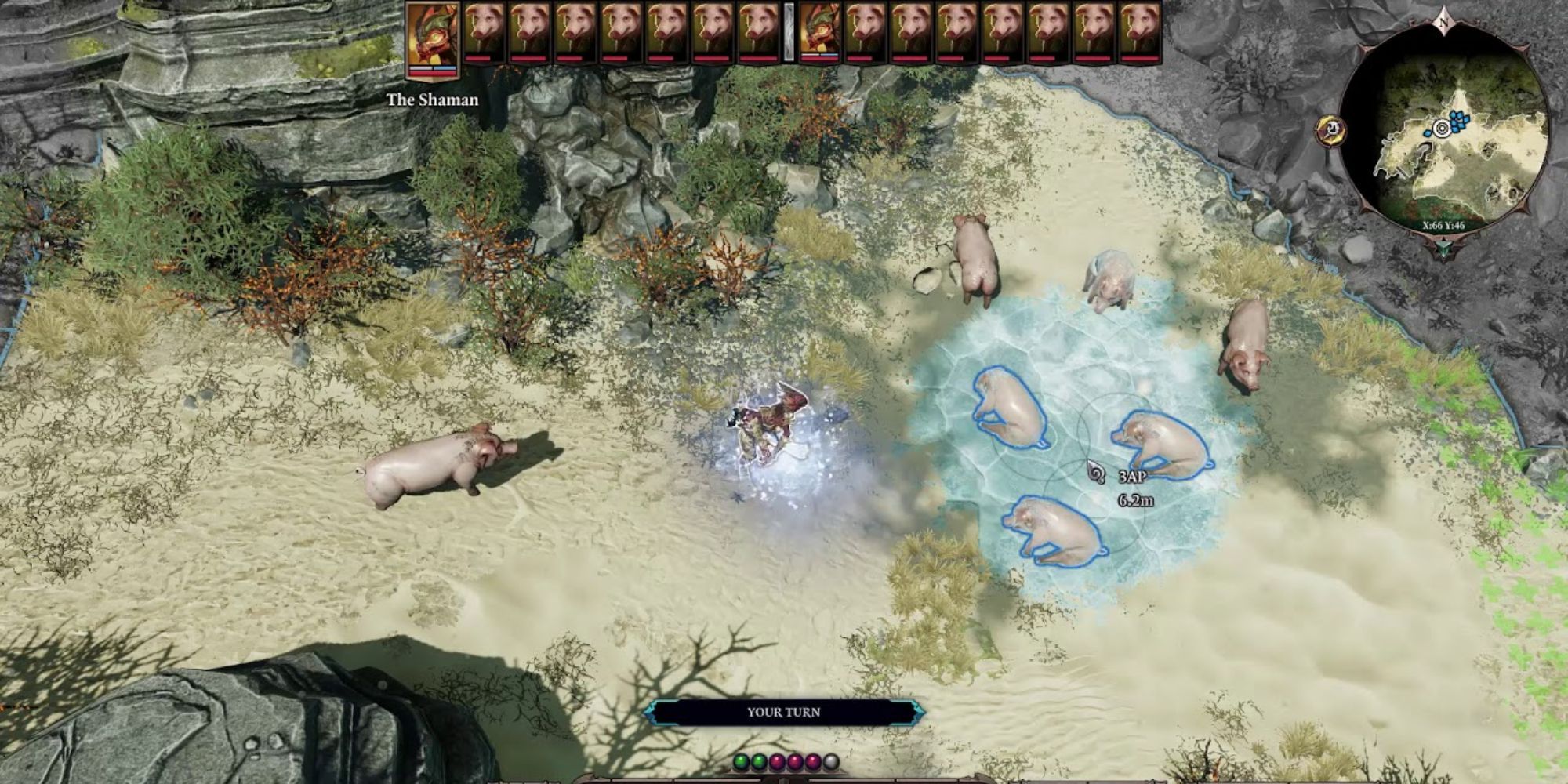
After you have selected your class and created your character in Divinity: Original Sin 2, you're again presented with another dilemma – which skill or magic school to choose. The selection process for this actually takes longer than you might think. At times, the whole first playthrough is nothing more than a test run to see which skill schools click with your preferred playstyle.
RELATED: Everything To Know About The Path Of Blood In Divinity 2
To that end, picking which skill school to stick to in Divinity 2: Original Sin can be a daunting process. Committing to two or three playthroughs just to find that out is fun and all, but shouldn't you rather be enjoying your ascent to godhood at your best? If so, then you'd want the most powerful skill disciplines in the game. Here's how they stack up against one another.
Hydrosophist for Healing and Battlefield Cleansing
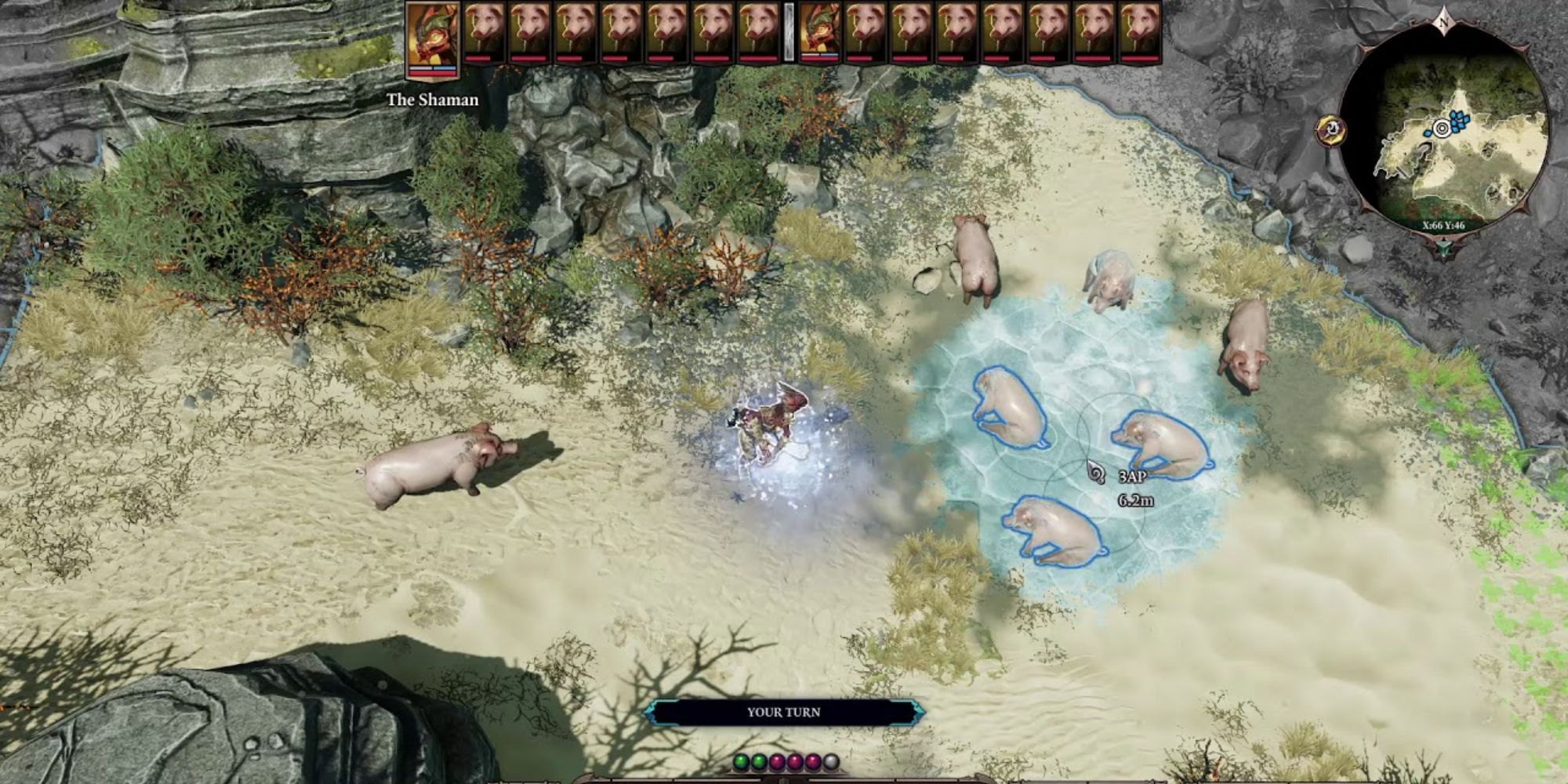
The Hydrosophist skill tree has one apparent major purpose – healing. It houses the most robust healing skills in the game from individual to mass heals. Early-game, the Hydrosophist skills are a must since healing potions and survivability skills are not ubiquitous.
However, the Hydrosophist school's defensive offerings tend to fall off later in the game. At most, you'll just be using the water to freeze or shock enemies. Even then, there are other skill schools more suited for such combos.
Huntsman for Impressive Physical Ranged Attacks
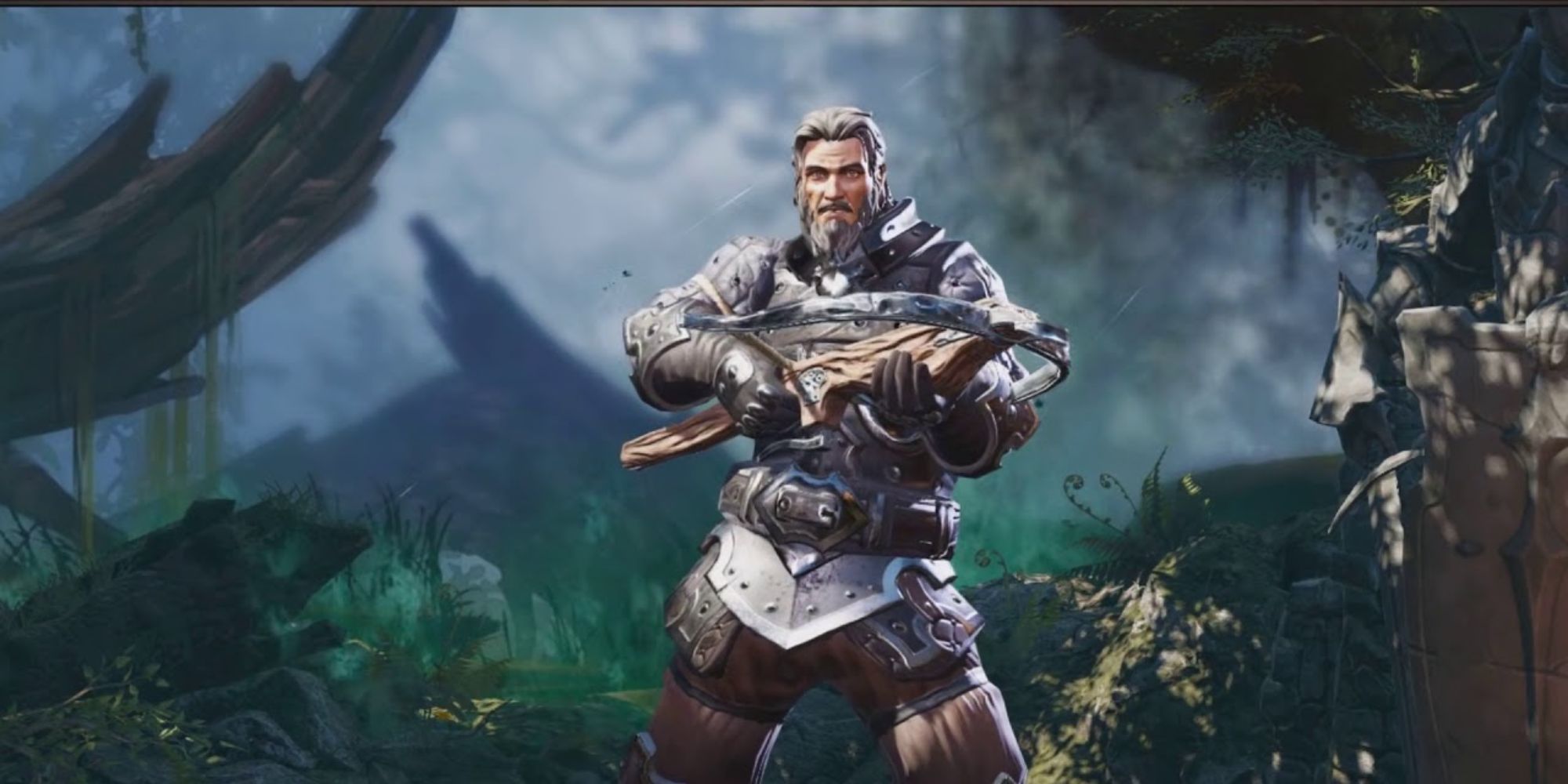
The Huntsman is pretty much the ranged or bow version of the Warfare skill school, except it's more selfish and more focused on damage. You can only create so many abilities that spice up bow-drawing and arrow-shooting methods.
RELATED: Baldur's Gate 3: Similarities & Differences It Has To Divinity: Original Sin 2
Most of the defensive abilities in the Huntsman school focus on letting the caster evade attacks and stay out of hotspots. Even then, that makes characters glass cannons and confines them to a certain playstyle. Where its strength lies is in stacking up bleeding and critical damage as well as evasive maneuvers.
Scoundrel for High Physical Damage numbers
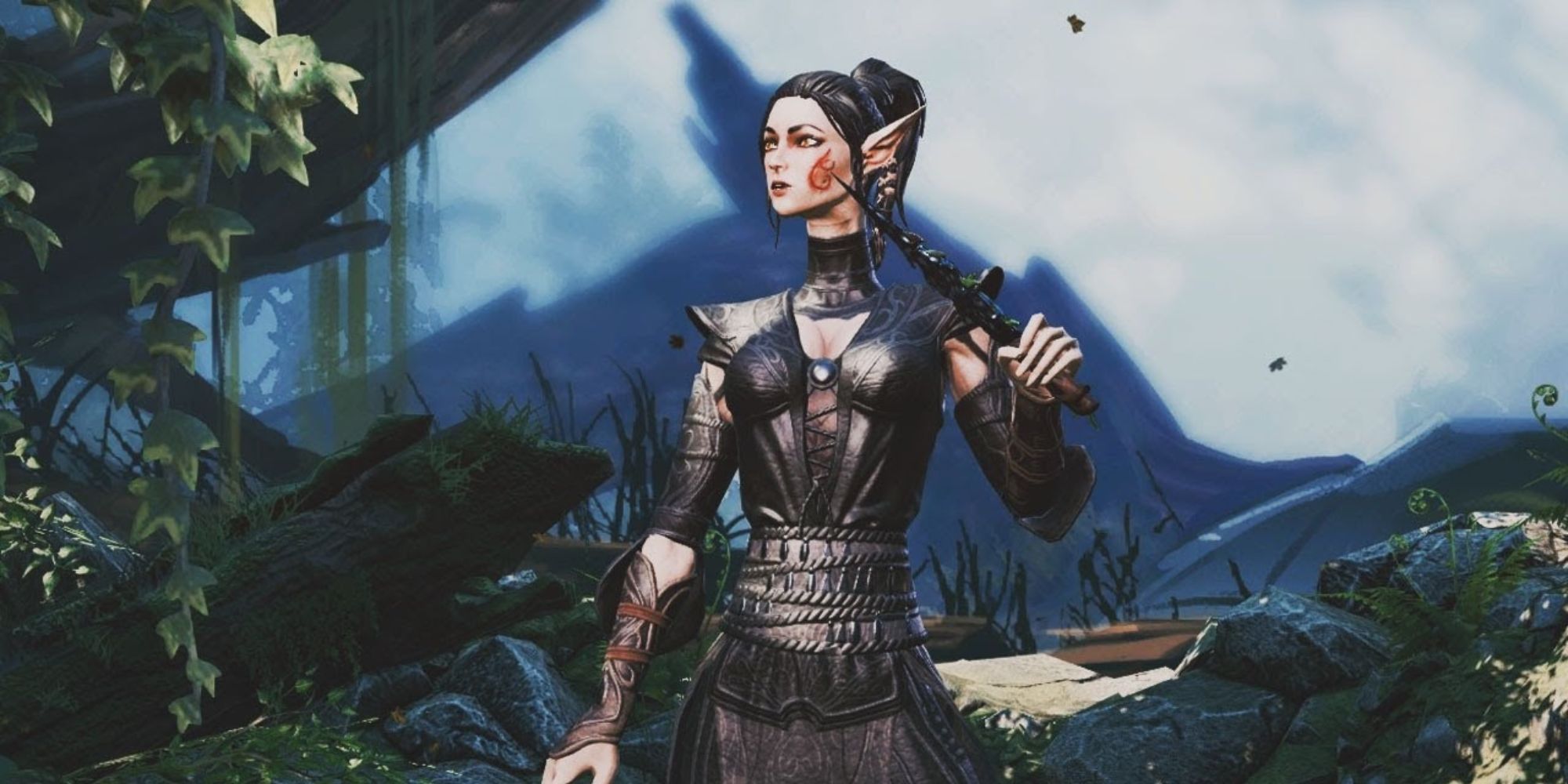
The Scoundrel school is a little more complex than the Huntsman since it also has some melee focus. That means it's more suited for dagger-wielding characters or those who love to sneak and turn invisible. What makes it subjectively better than the Hunstman in that case?
Well, for starters, the damage ceiling with the Scoundrel skills is higher. They have more abilities that increase critical attacks. Moreover, Scoundrel skills love to play dirty and close to the chest. They can incapacitate enemies with dishonorable tactics and risk their movement to gain a momentary advantage.
Pyrokinetic for Killing Everything in Sight
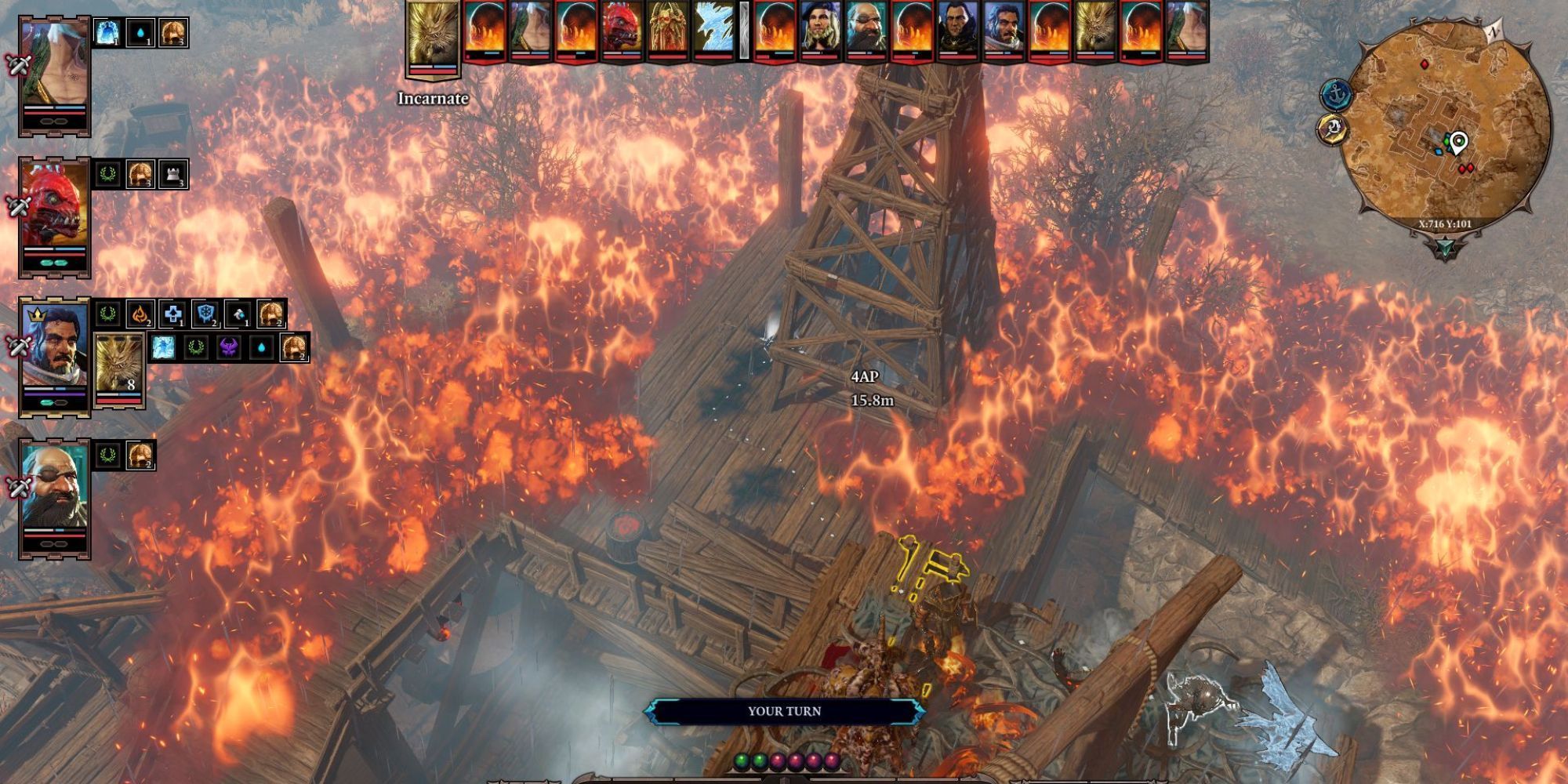
Speaking of high damage, the Pyrokinetic skill school is the perfect tool for burning the whole combat zone. It has one focus most of the time – to deal damage and burn the survivors. Pyrokinetic abilities also trigger plenty of damaging status effects. Any oil or liquid surface on the battlefield also reacts highly to fire.
RELATED: Divinity: Original Sin II: The Best Armor Pieces, Ranked
The only problem is that fire doesn't discriminate between good or bad, Godwoken or Voidwoken. You can cause damage to your allies as much as you can to your enemies if you play with fire. That makes it so you can't use this skill school recklessly.
Warfare for Controlling the Battlefield in Melee
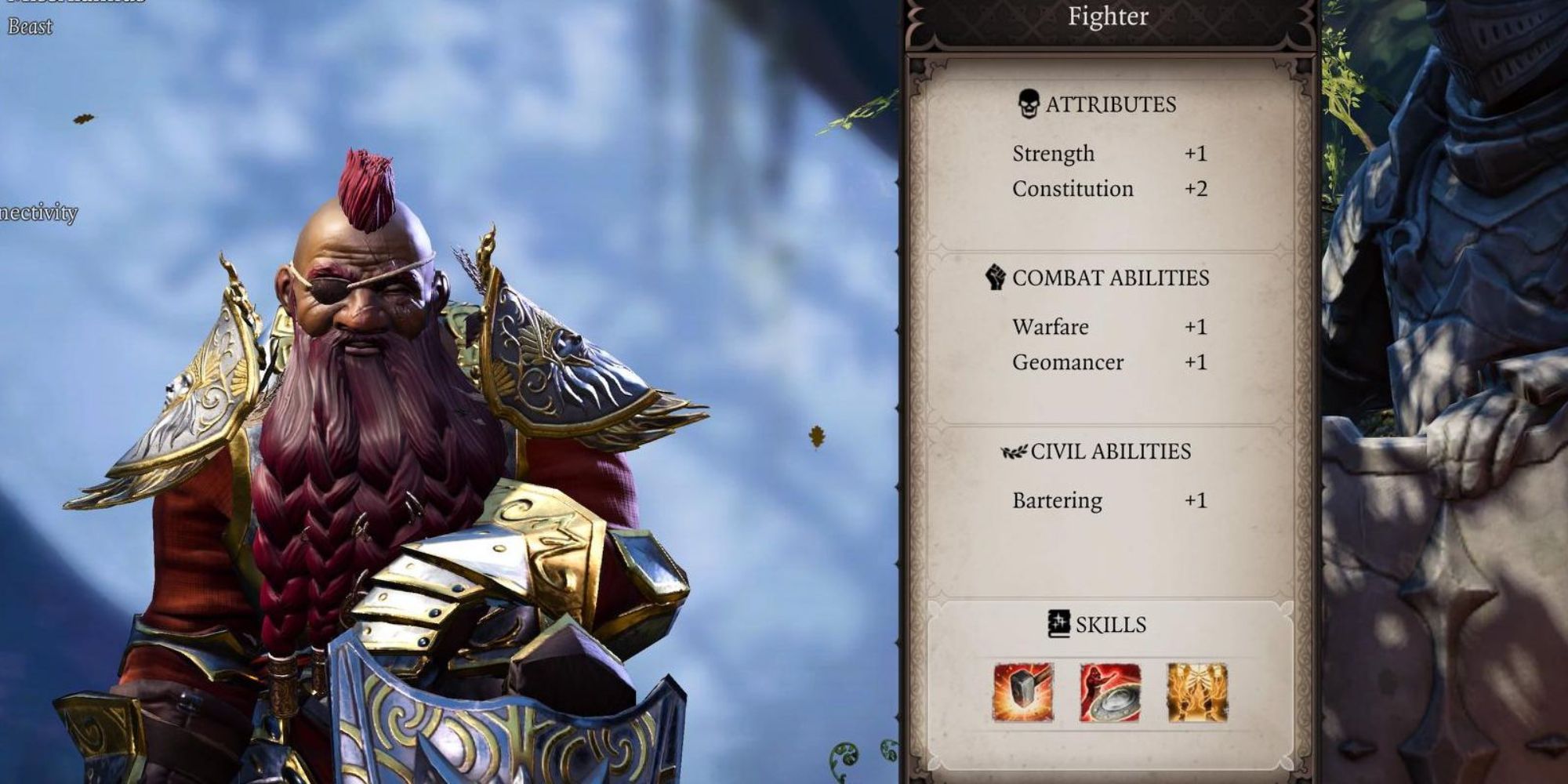
If you do want a skill school that you can utilize recklessly, then pick Warfare. It's simple and functional. The school is well-balanced enough that you can commit to it without feeling like you've gimped your character with narrow-sightedness. You can send any Warfare specialist into the fray and not cause your party to fail.
Warfare's game plan is basic. You hit your enemies with some incapacitating skills such as Battering Ram or Battle Stomp and then stab or pummel them while their faces are kissing the ground. The only downside is the pure physical damage focus, making it difficult to deal with heavily armored opponents.
Necromancer is the Perfect Melee Discipline
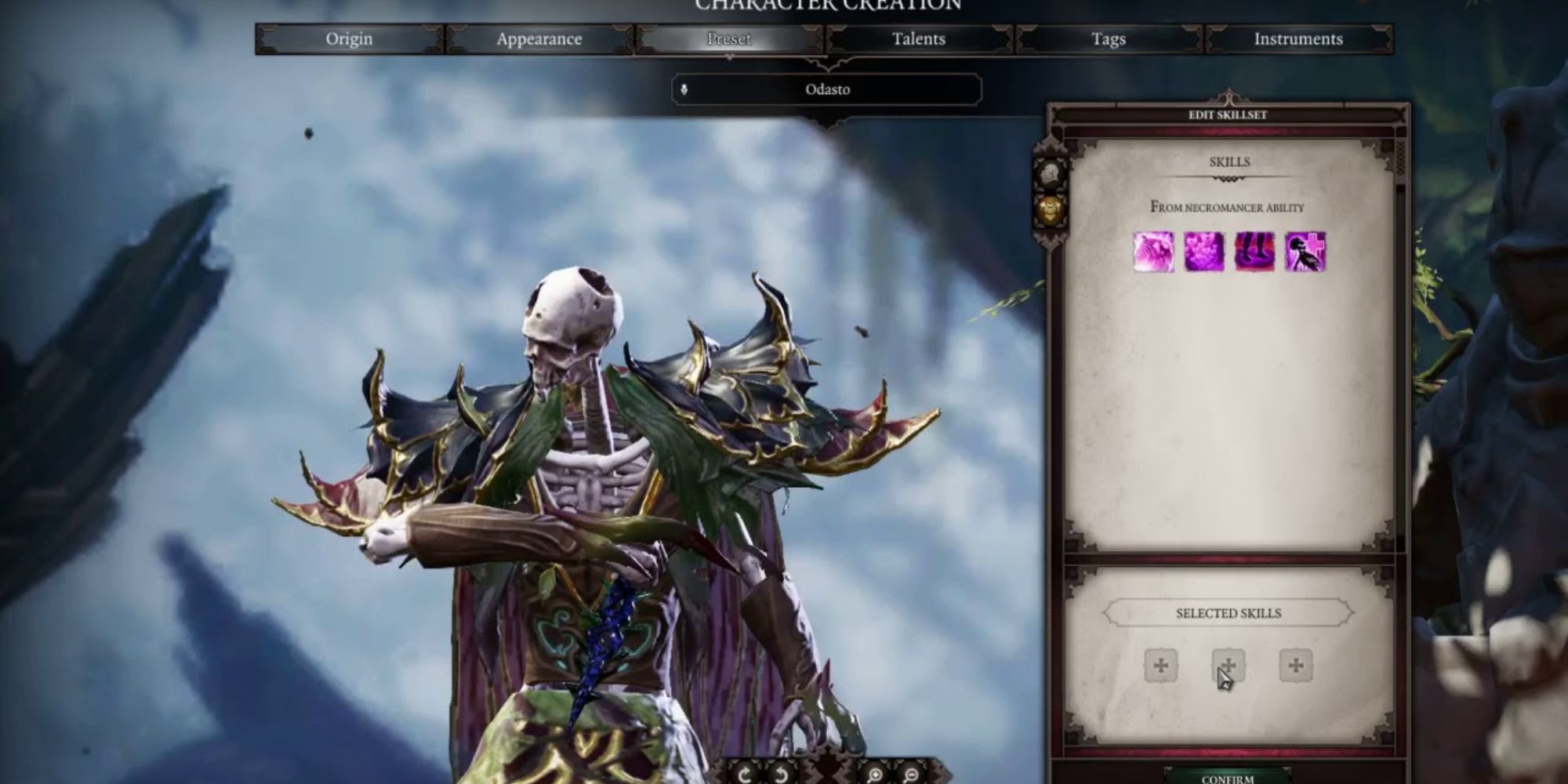
The best complementary school for Warfare? Most of the time, it's Necromancer. The Necromancer school is full of skills that either make the caster immortal or deal even more devastating melee damage to enemies. Some even do both of those at the same time.
RELATED: Things From Divinity: Original Sin II We Need In Baldur’s Gate 3 & Things We Don't
On the off-chance a Necromancer gets reduced health, they can increase their damage even further with skills like Death Wish. Meanwhile, skills like Living on the Edge ensure that they don't die that easily. It makes a tanky damage-dealer even tankier.
Aerothurge for Battlefield Manipulation
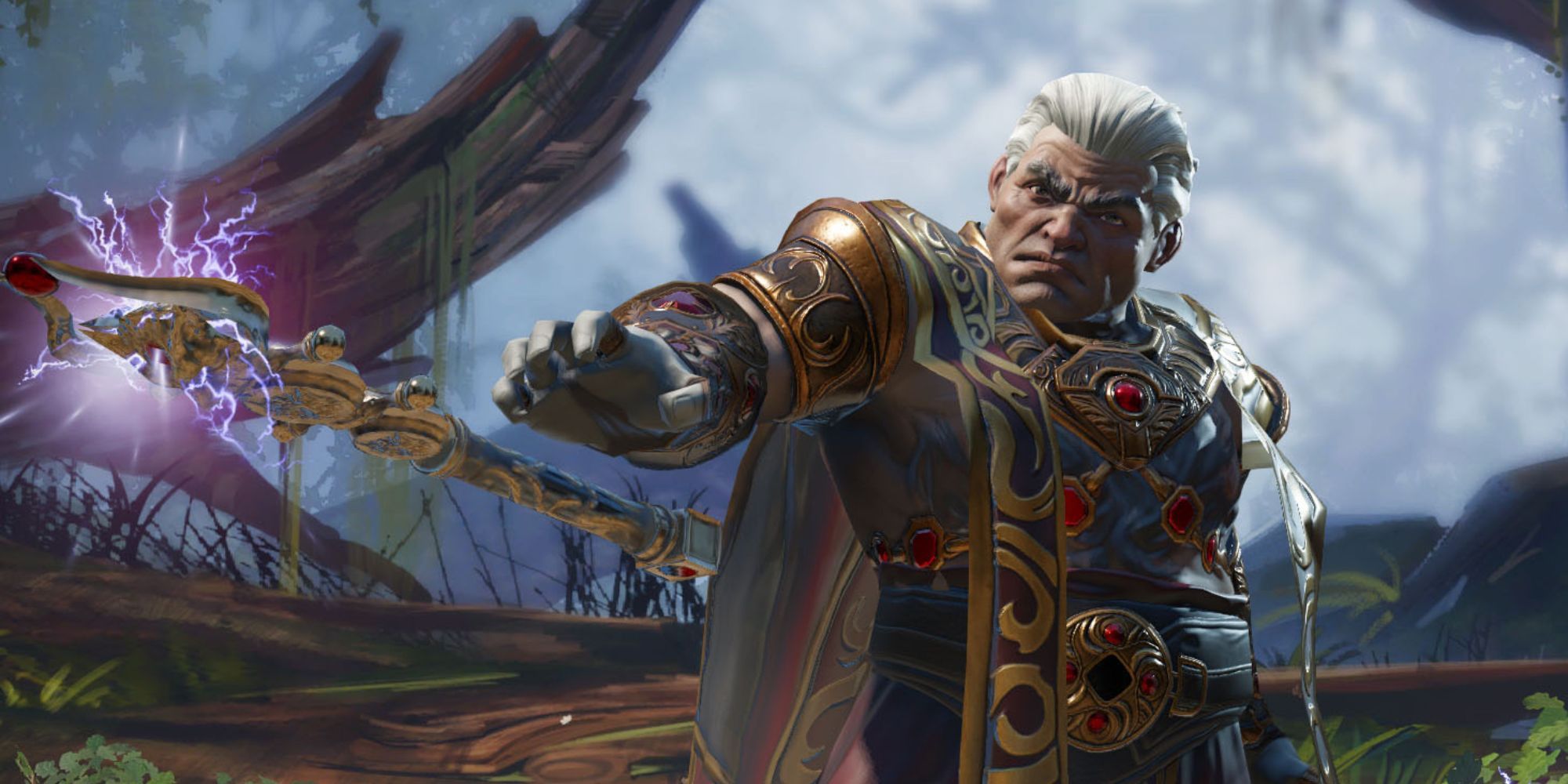
You don't really need much in Divinity: Original Sin 2 to do damage. Sometimes you can bend the environment to your will using nothing but air. The Aerothurge school lets you do that easily as it has some of the most flexible abilities in the game.
Skills like Teleport let you toy with the character placements in the combat zone. Electric damage abilities either deal tons of damage or stun the enemy with the Shock status effect. Other skills either clear up the battlefield or let you manipulate what the enemy can or can't do.
Geomancer for a Good Balance of Offense and Defense
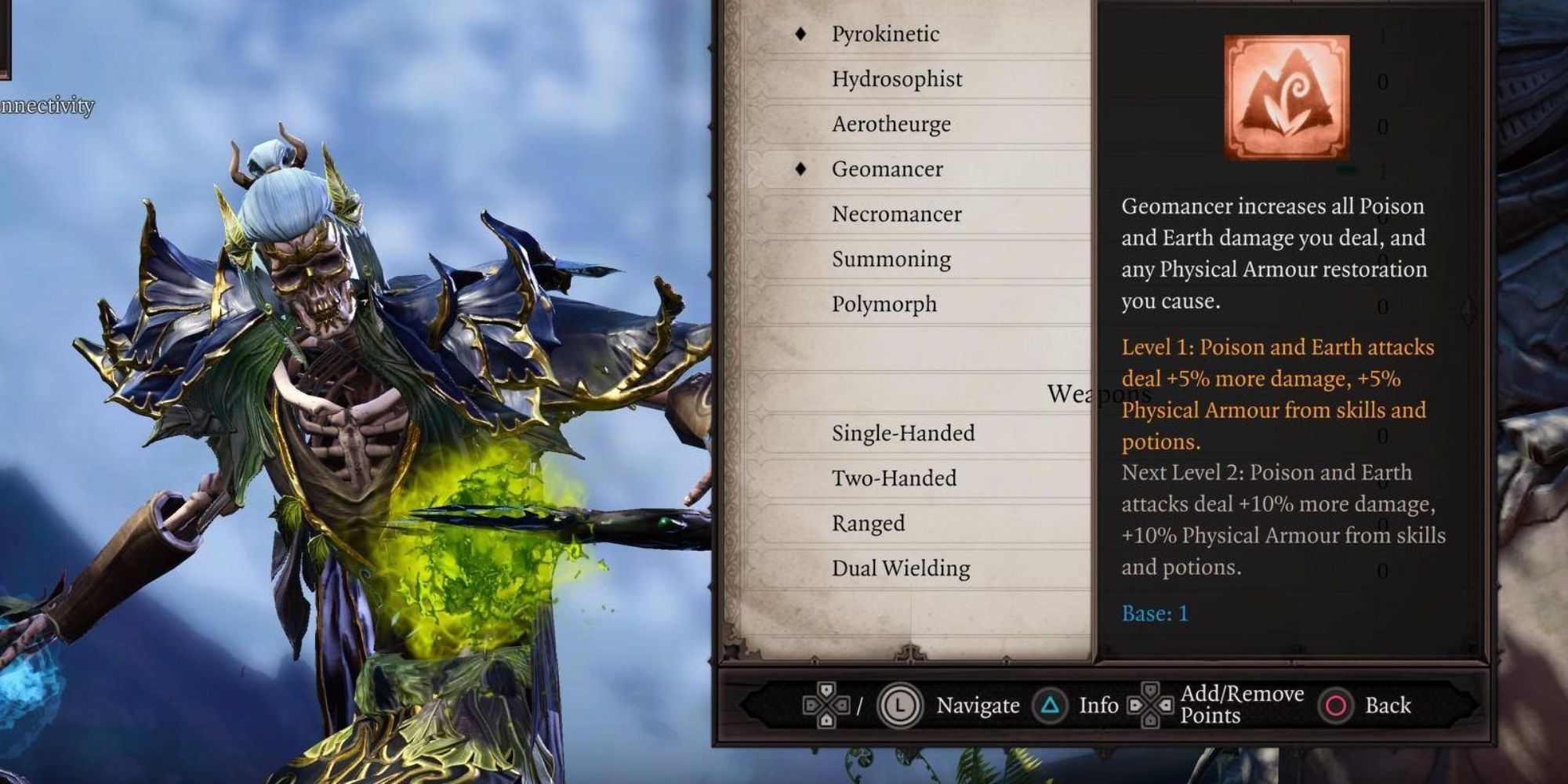
Looking for something that lets you deal damage and stay defensive at the same time, all the while being a spellcaster? The Geomancer school should be right up your alley. It has a complete set of skills that deal both physical and magic damage. That makes it versatile enough to be picked alone for a character.
RELATED: The Best Weapons In Divinity: Original Sin II, Ranked
On top of that, some Geomancer skills produce Poison status effects. It's also an ideal school for undead characters. The most annoying anomalies of the Geomancer school, however, are skills that produce oil. It makes battlefields unplayable but that's great if you use it against the enemy.
Summoning Grants you an Army
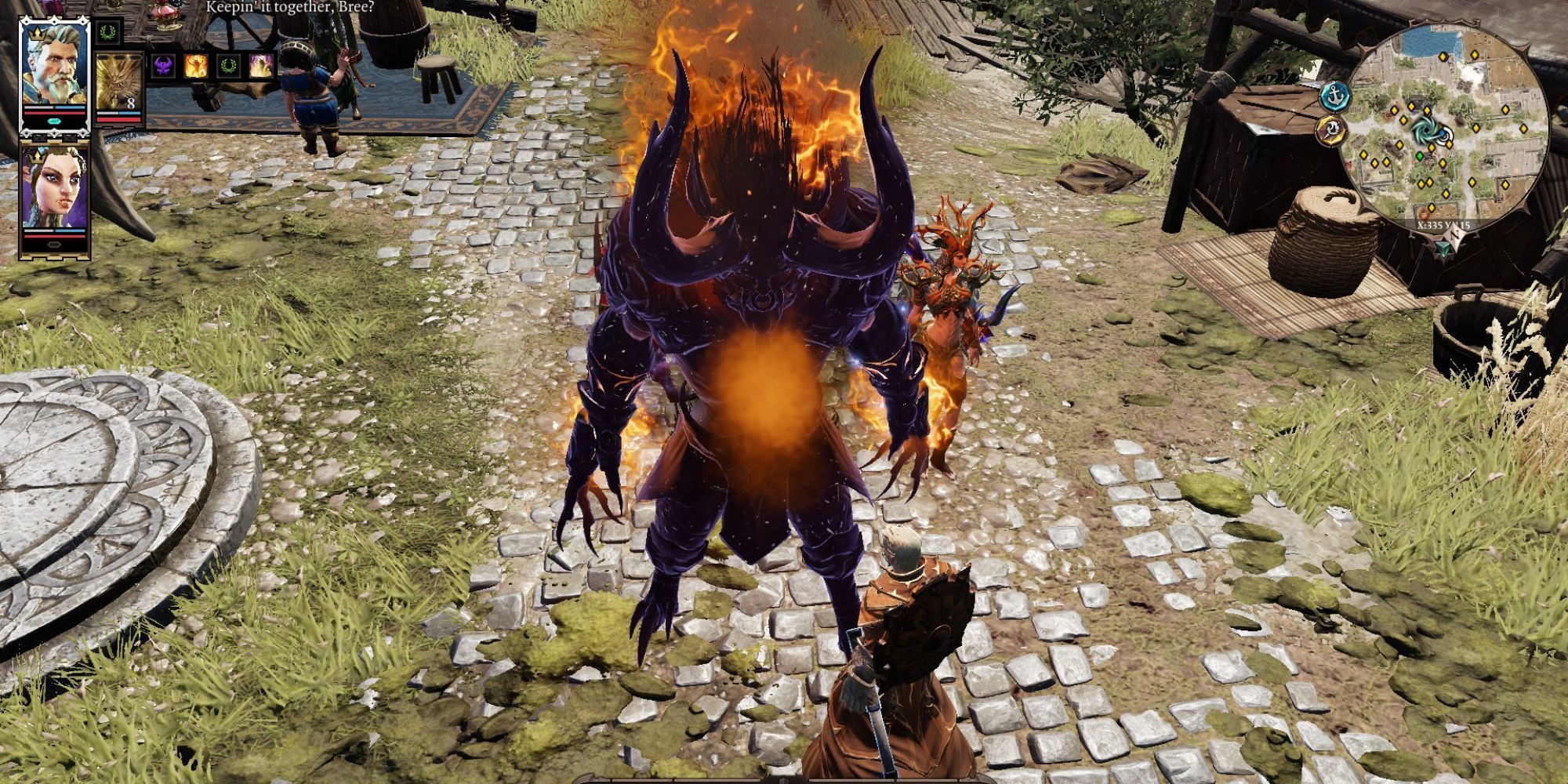
Before Definitive Edition came along and nerfed the Lone Wolf builds (which are still overpowered, by the way), this is the skill school that made it broken. Because once you get your Summoning skill to level ten or above, your Conjure Incarnate produces a big demon creature that's too powerful for the first Act.
Meanwhile, the totems themselves aren't too bad and can be versatile depending on the surface they adopt. That's why to this day, the Lone Wolf Summoner playstyle is still a build to be reckoned with in Divinity: Original Sin 2.
Polymorph lets you Break the Game
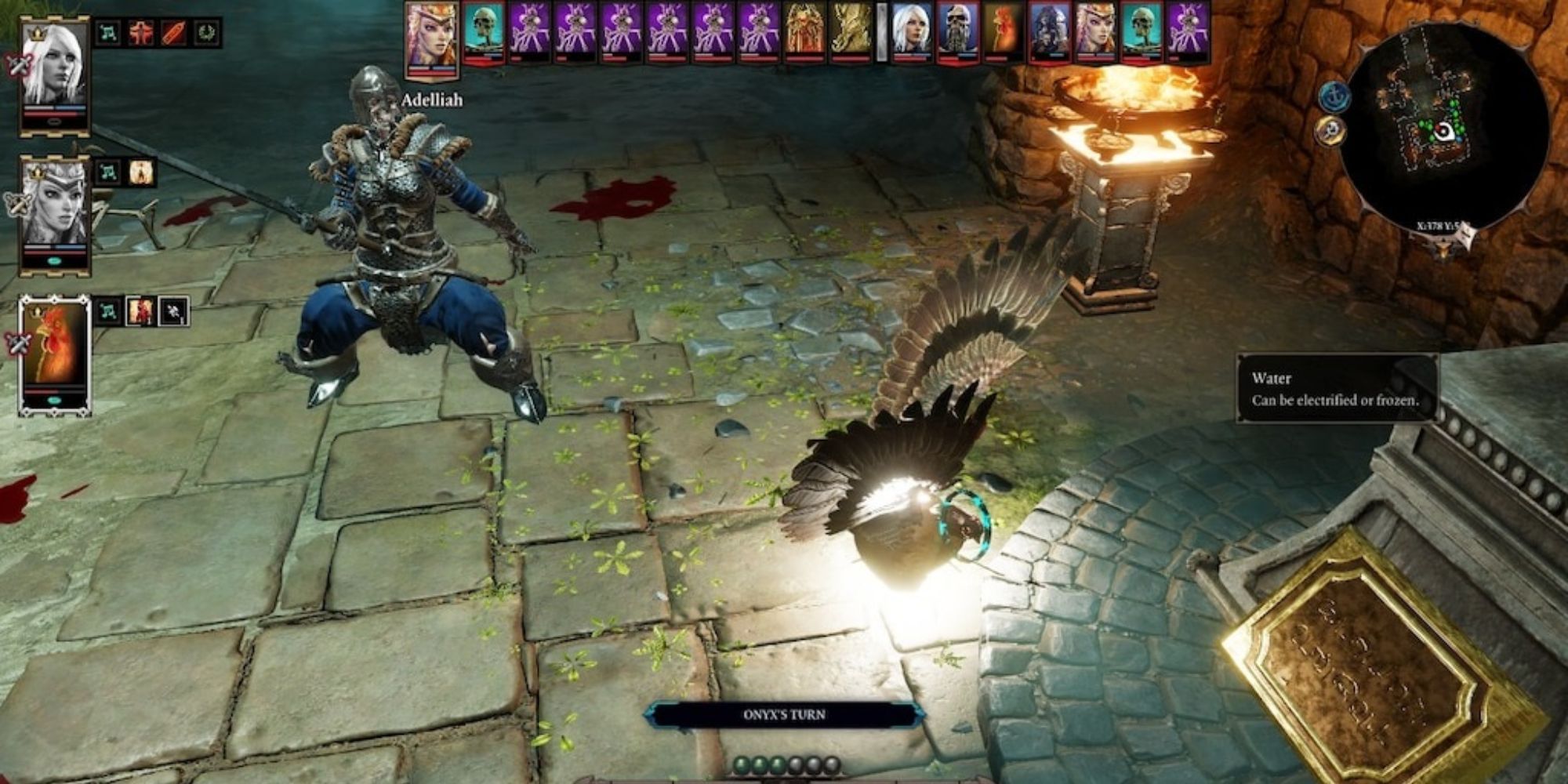
So what do Lone Wolf builds do once the Conjure Incarnate Summoning falls off in damage? Some branch into Warfare/Necromancer territory, level up into the Polymorph school for a continuation of the cheese-fest.
Polymorph abilities are some of the most intricate in the game. Skin Graft and Apotheosis, in particular, enable some hilariously broken skill combos. The only problem is they take a while to set up and fully utilize due to their complexity.
NEXT: Divinity Original Sin 2: Everything Players Need To Know About Armour Of The Eternals
